- 路 Microwave
- 路 Atmospheric Pressure Microwave 路 Pressure Microwave 路 Parallel Microwave
- 路 Ultrasonic 路Low Temperature Ultrasound
- 路 Ultraviolet Light
- 路 Microwave Heating 路 Atmospheric Pressure Synthesis 路 Atmospheric Pressure Catalysis 路 Atmospheric Pressure Extraction
- 路 Sample Preparation 路 Microwave Digestion
- 路 Soil Digestion 路 High Pressure Synthesis
- 路 Solid Phase Synthesis
- 路 Organic Synthesis
- 路 Ionic Liquid Synthesis
- 路 Degradation Of Natural Organic Matter
- 路 Natural Product Extraction / Purification
河北祥鹄科学仪器有限公司
Structure analysis of synthesis of galactan catalyzed by phosphoric acid under microwave irradiation
This paper, by a researcher from the School of Food of Jiangnan University, discusses the structure analysis of microwave assisted synthesis of galactan catalyzed by phosphoric acid, and is published in the Journal of Food and Biotechnology.
The chemical structure of the galactan and the regioselectivity and stereoselectivity of the polymerization were discussed with the aid of phosphoric acid catalysis and microwave-assisted synthesis of galactan as the research object. The relative molecular weight of the galactan, the three-dimensional configuration and the attachment site were characterized by high-efficient gel permeation chromatography, infrared spectroscopy, methylation analysis and one-dimensional, two-dimensional nuclear magnetic resonance spectroscopy (1HNMR, 13CNMR, 1H-1HCOSY, TOCSY, HSQC, HMBC).
The results showed that the synthesized galactosans were multibranched, with a relative molecular weight of 2657 and a weight average polymerization degree of 16. The sugar residues were mainly α-galactopyranose. The main fragments were →4 (- α-D-Galp) 1→ and →2 (- α-D-Galp) 1→. The results of structure analysis further showed that the hydroxyl groups at different sites had different reactivity in the process of microwave assisted phosphoric acid catalyzed galactose condensation, and the reaction activity of 4 hydroxyl groups was the strongest.

Fig1/3↑

Fig2/3↑

Fig3/3↑
The shear rate scanning diagram shows that the apparent viscosity of pectin solution decreases with the increase of shear rate, the decrease of mass concentration and the prolongation of microwave treatment time. The Newtonian power law fitting shows that the apparent viscosity of pectin solution decreases with the increase of shear rate. Under the condition of low mass concentration (0.5g/100mL), microwave treatment of pectin has the greatest effect on the fluid behavior of the solution, and at higher mass concentration (1.5g/100mL), Microwave treatment of pectin makes the fluid behavior deviate from the ideal Newtonian fluid.
The degradation of pectin under microwave condition is not only due to the thermal effect, but also to the non-thermal effect of microwave. What kind of non-thermal effect leads to the degradation of pectin, and the degradation mechanism remains to be further studied.
Synthesis and purification of galactosans with reference to Wang Haisong and other methods [9] .25g D-galactose and 1.1% phosphoric acid, 3.75mL sodium chloride solution (0.25mol/L) is stirred and mixed well and fed into microwave reactor (XH-200A Beijing Xiangghu Science and Technology Development Co., Ltd.). The microwave power was set at 800 W, reaction temperature was 130 ℃, reaction time was 4.5 min, the stirrer was turned on and the microwave synthesizer was turned on. At the end of the reaction, a yellowish colloidal solid is obtained.








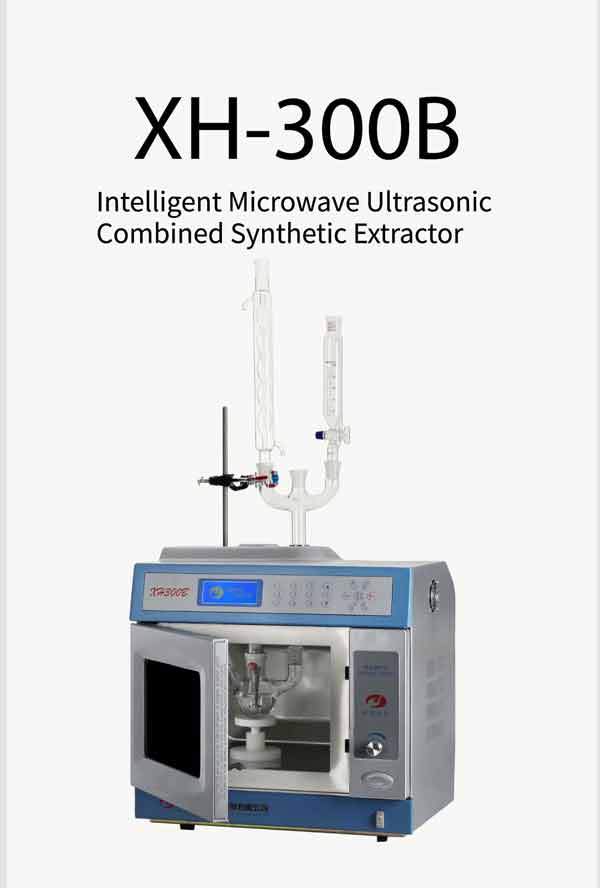

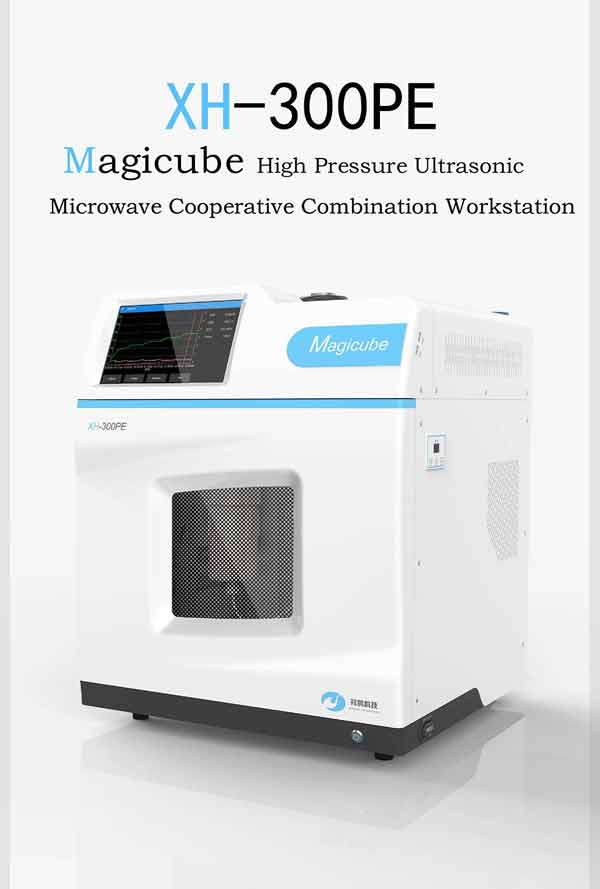
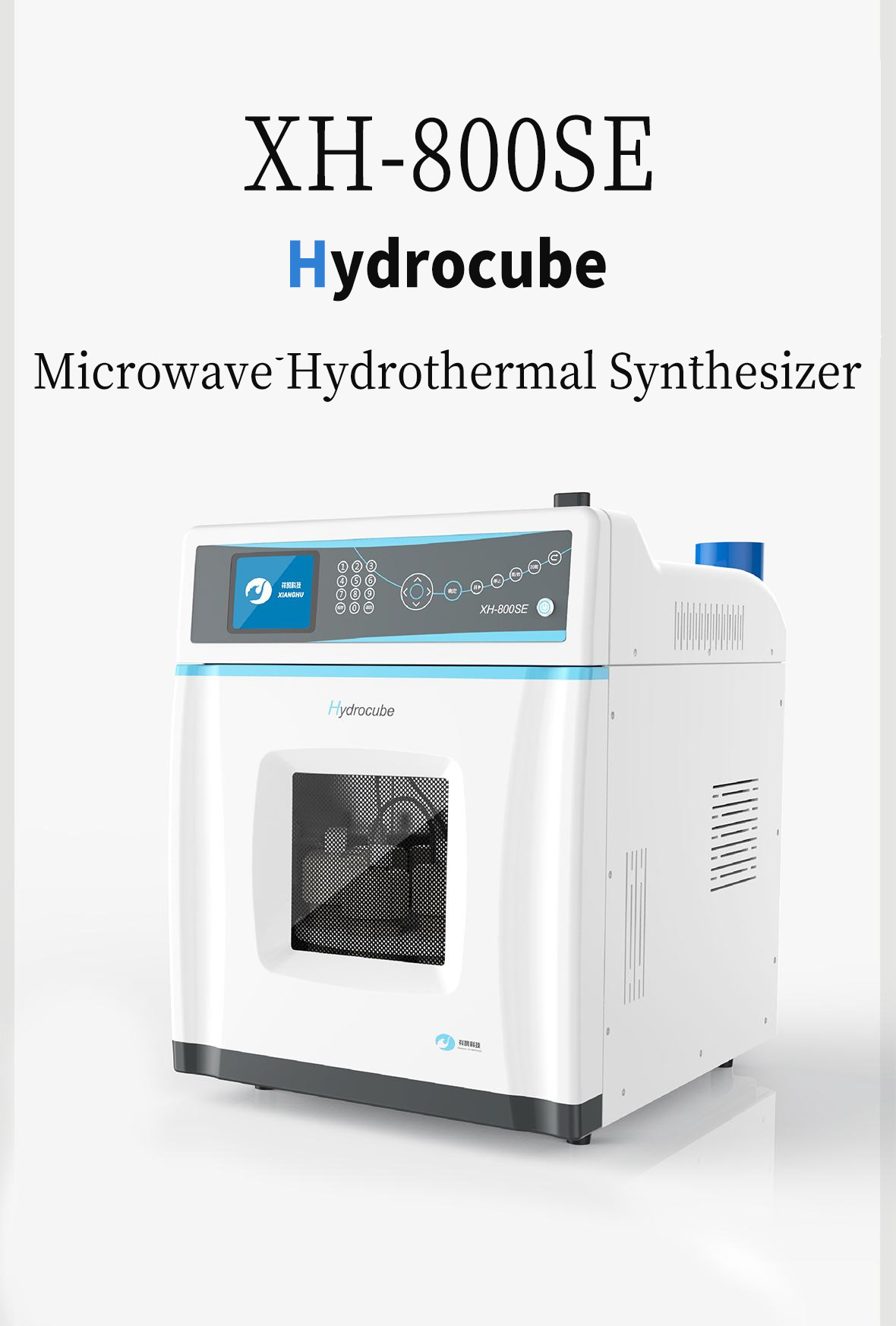
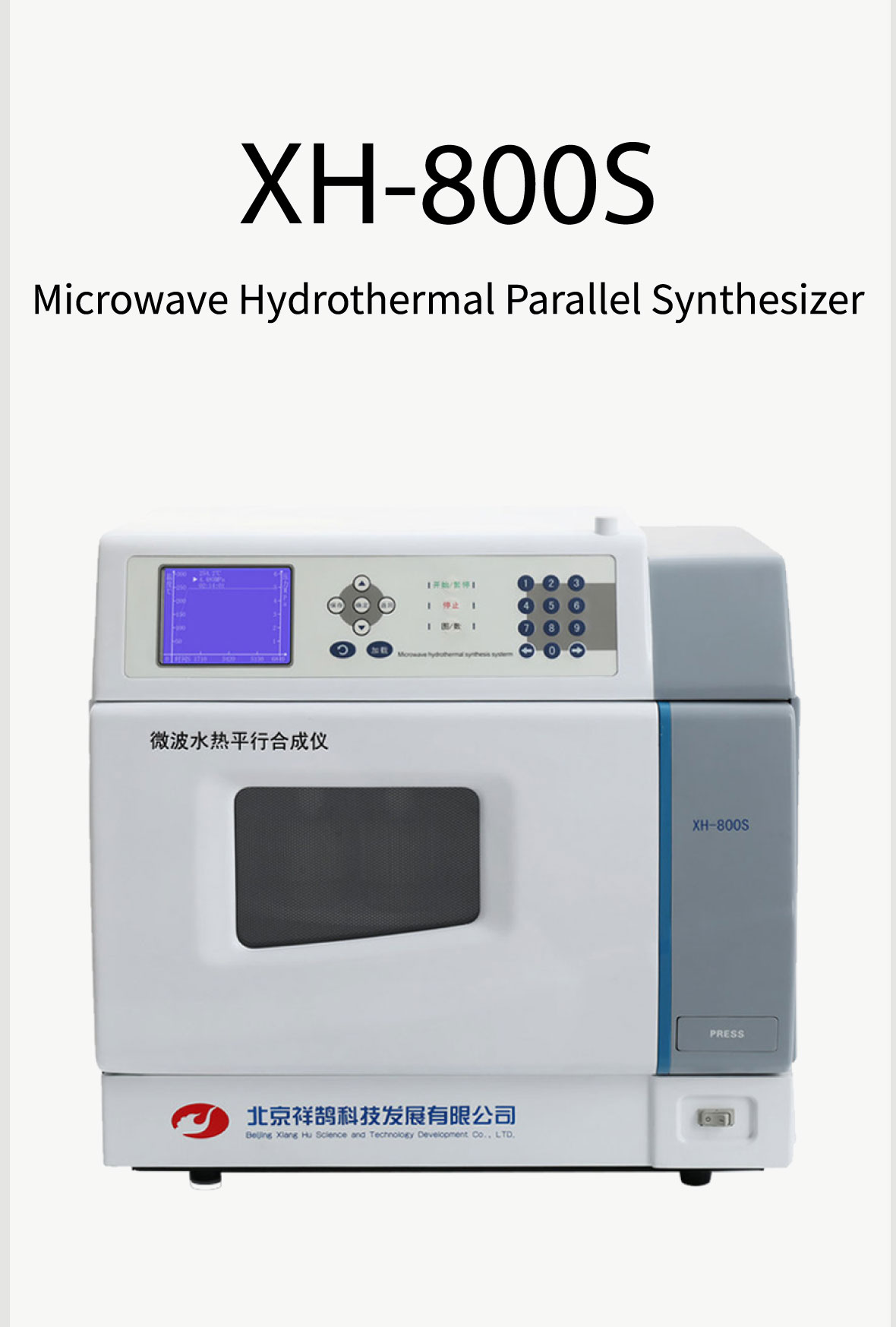
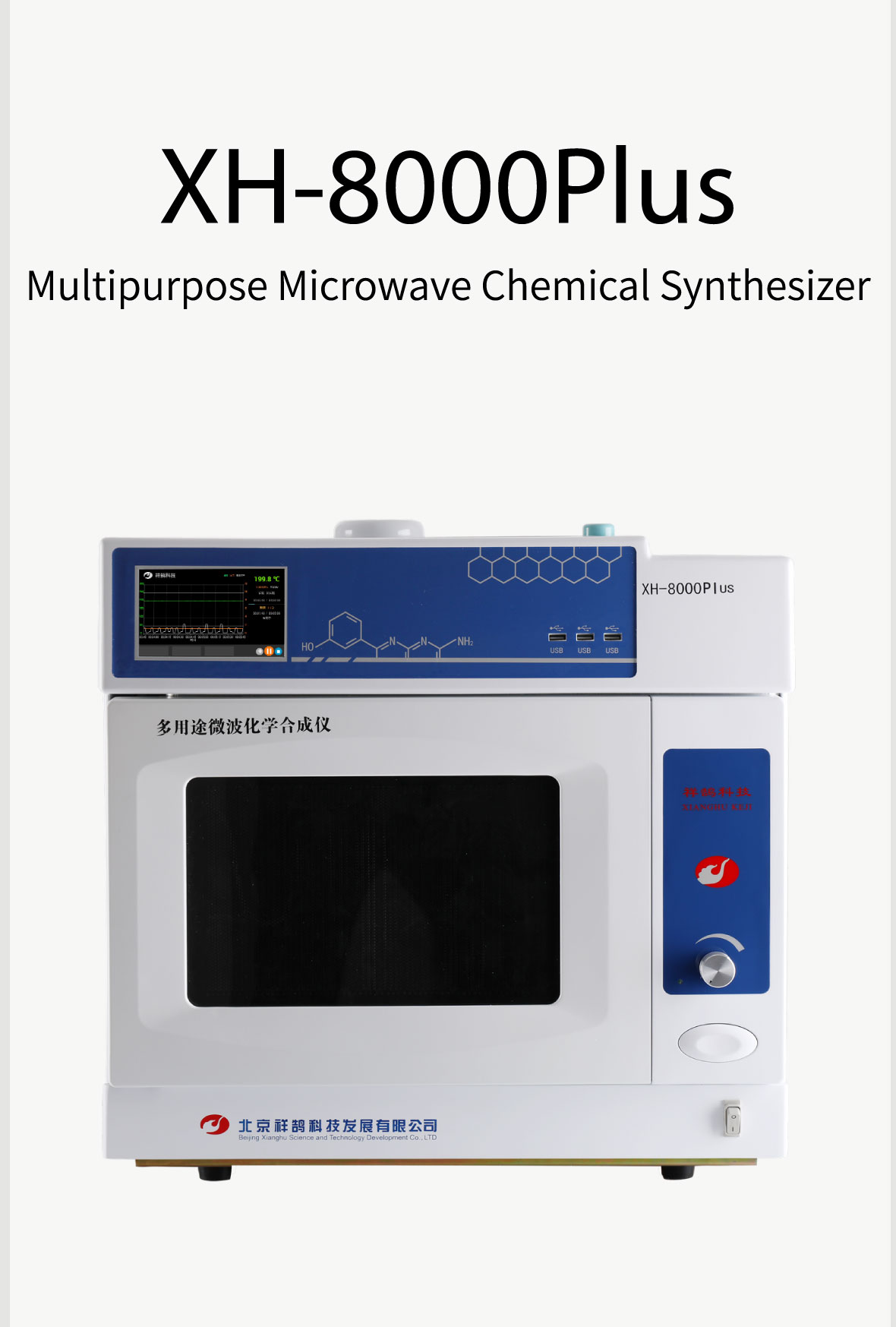
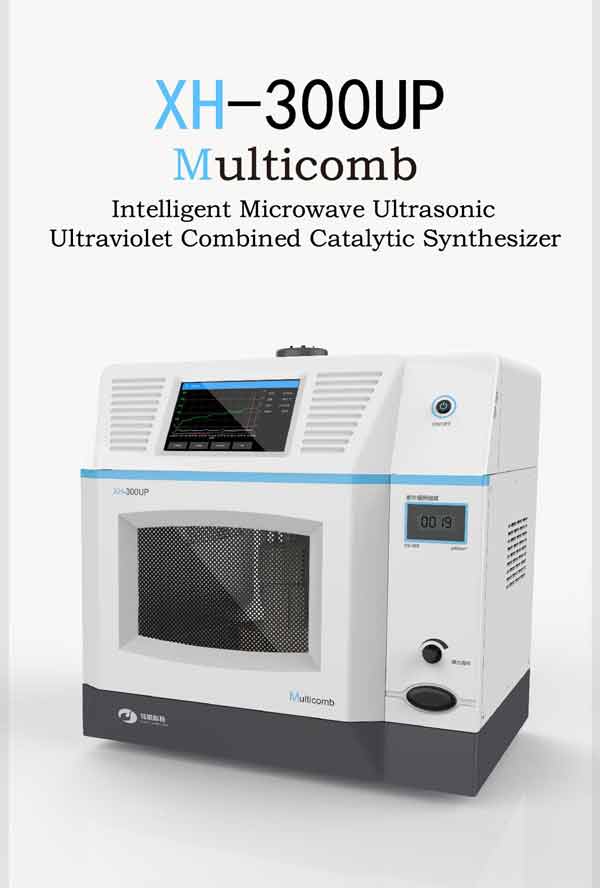
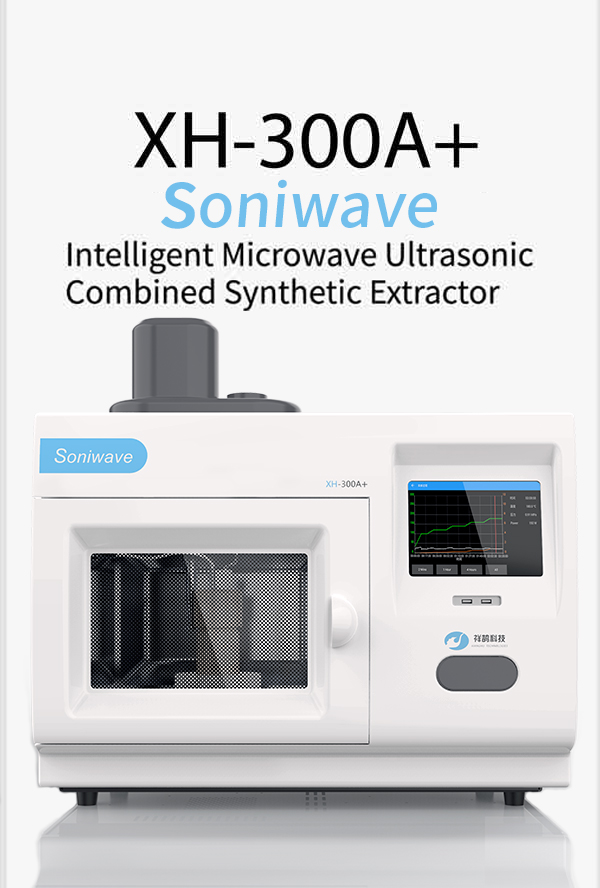

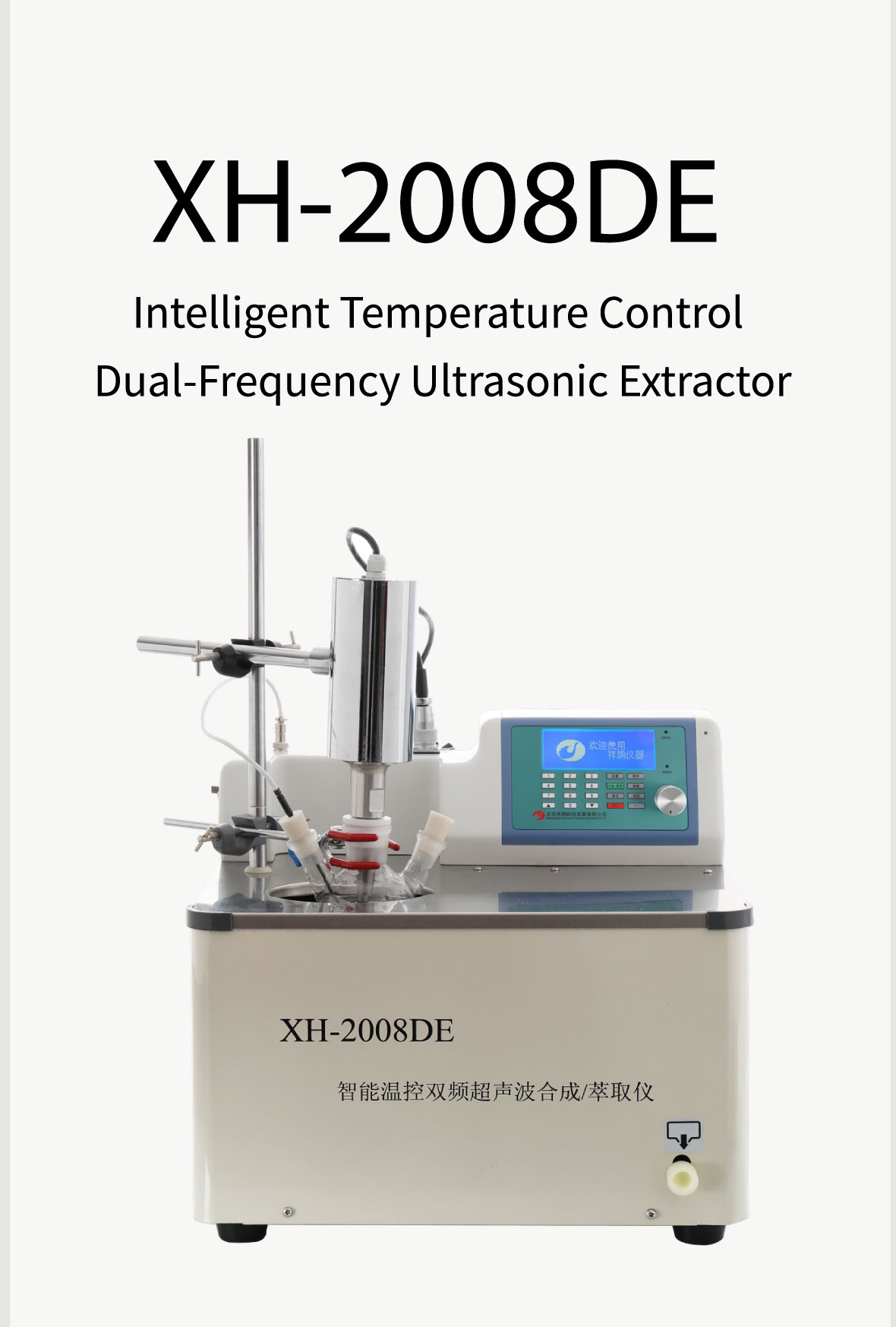



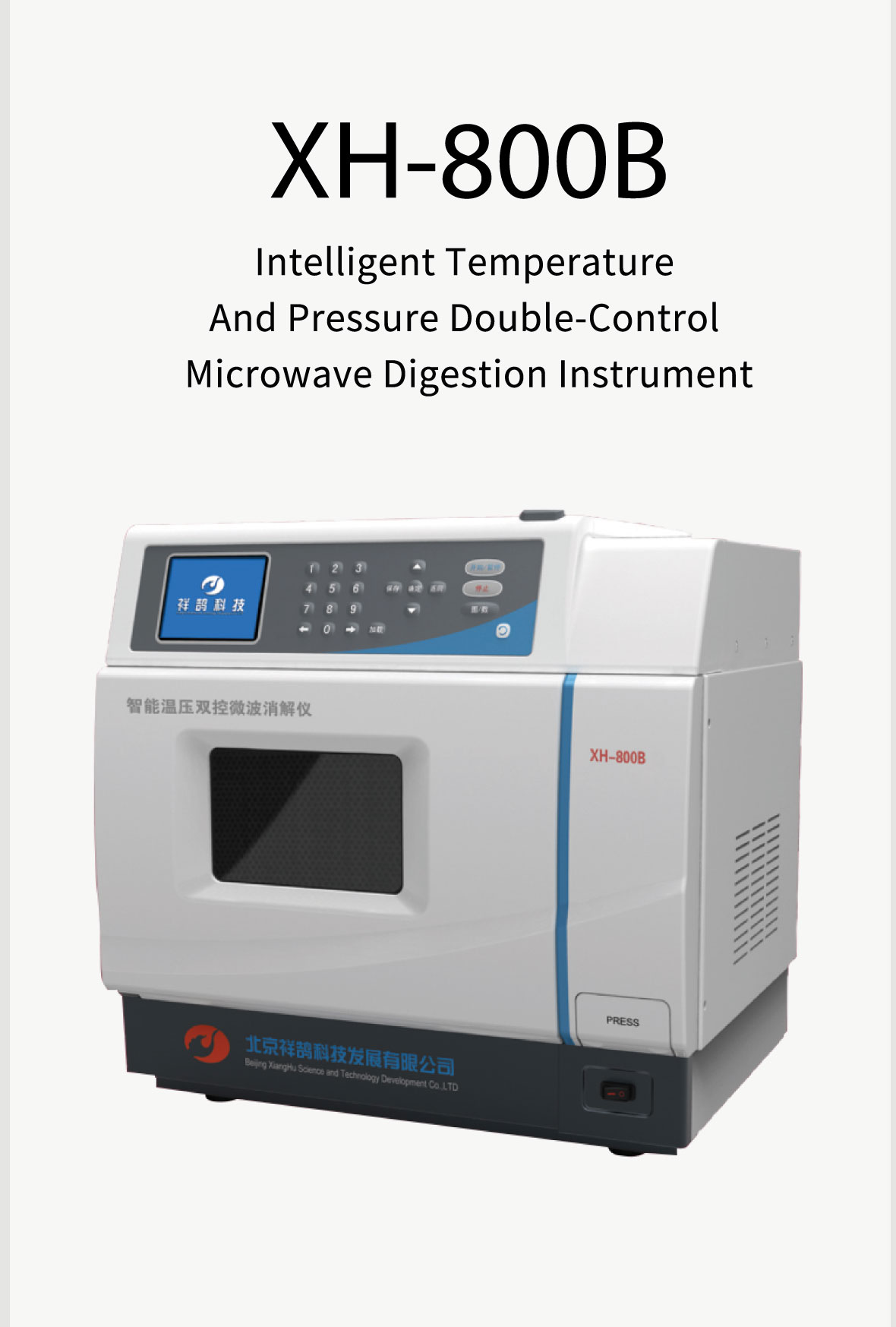

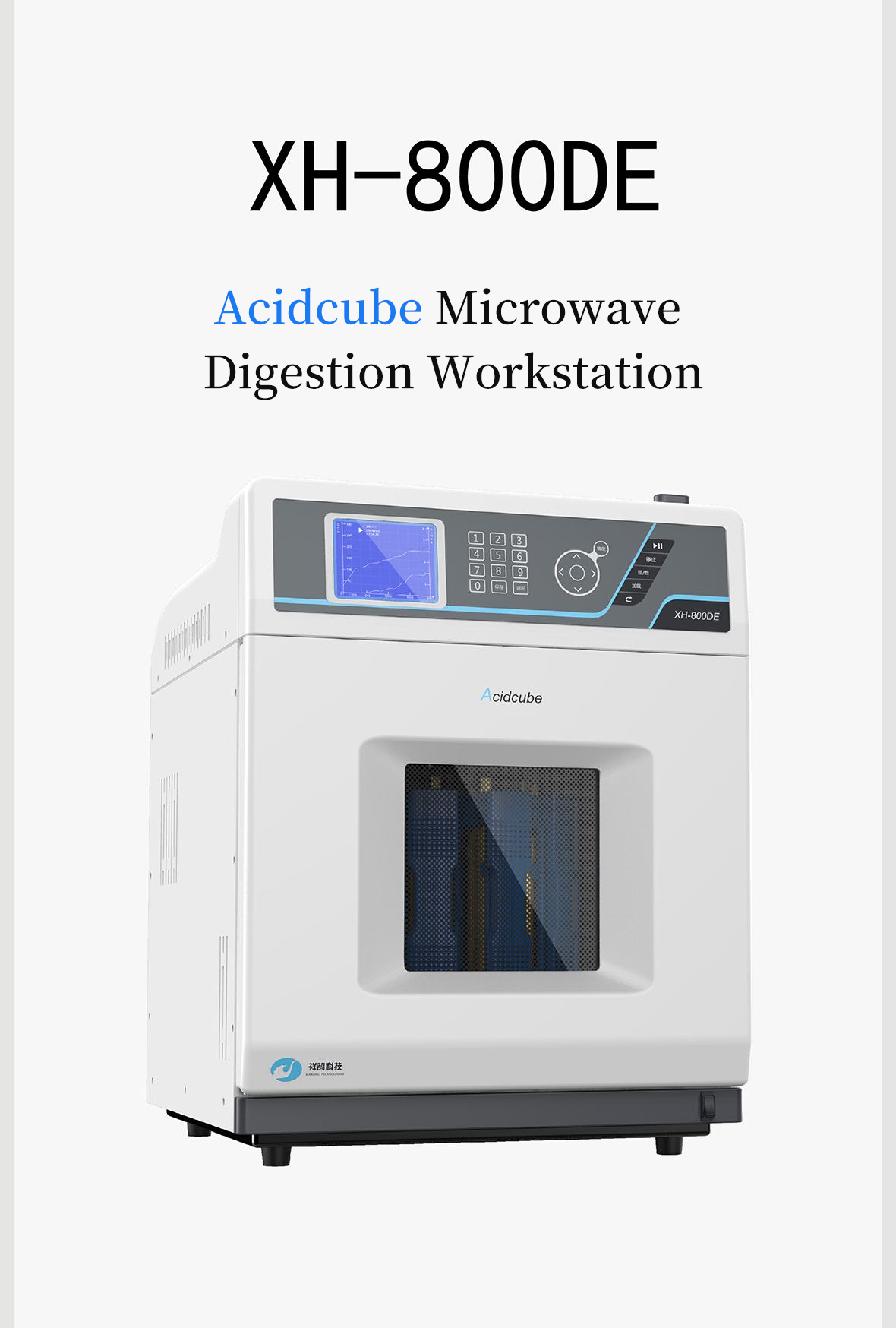




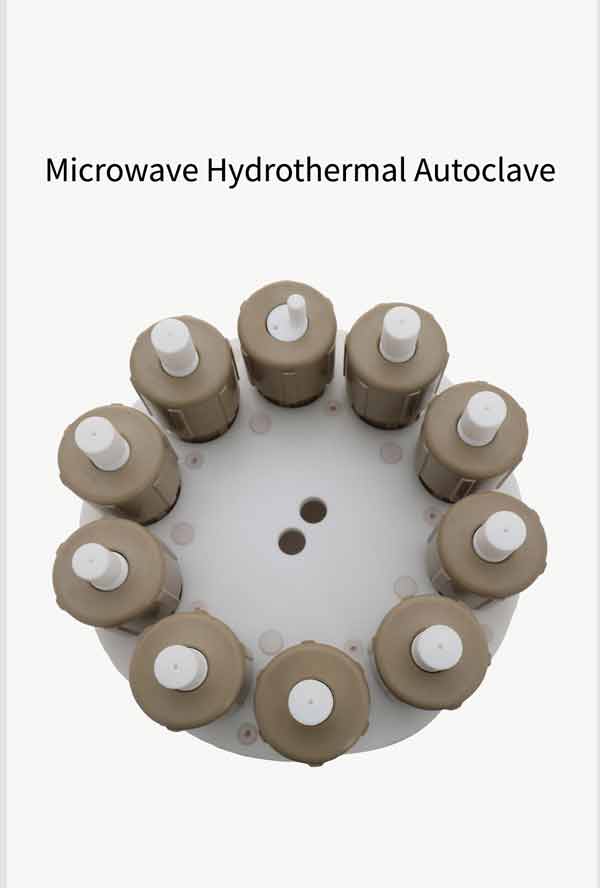

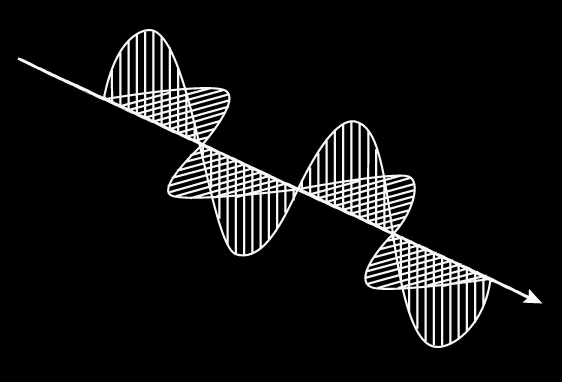


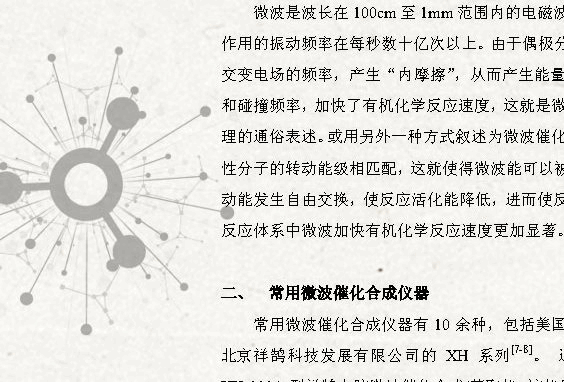

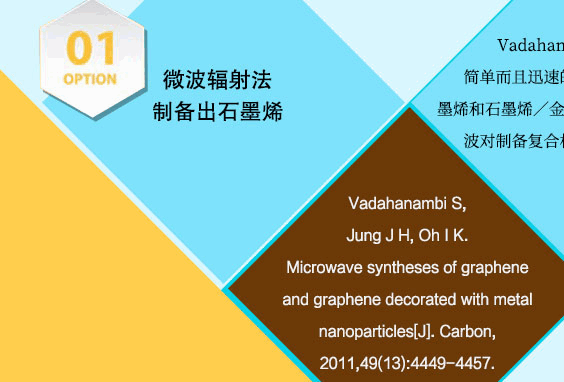



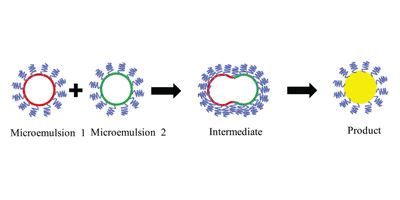
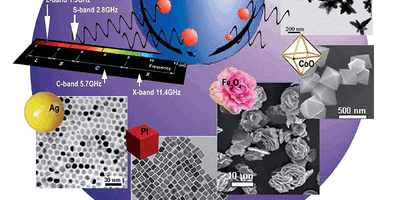
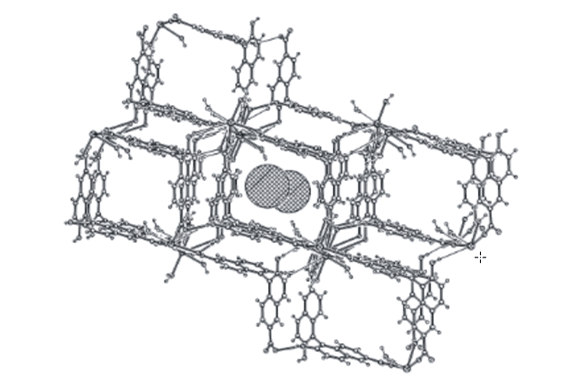
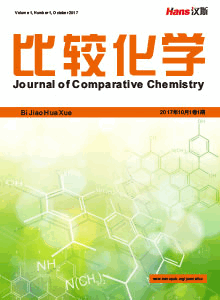
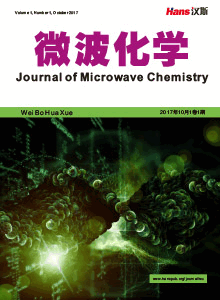





 京ICP备15050585号
京ICP备15050585号

